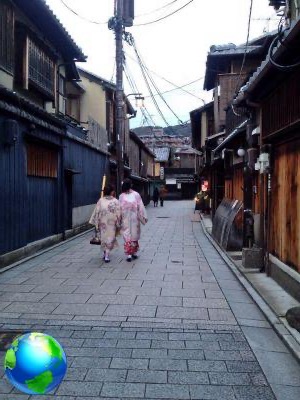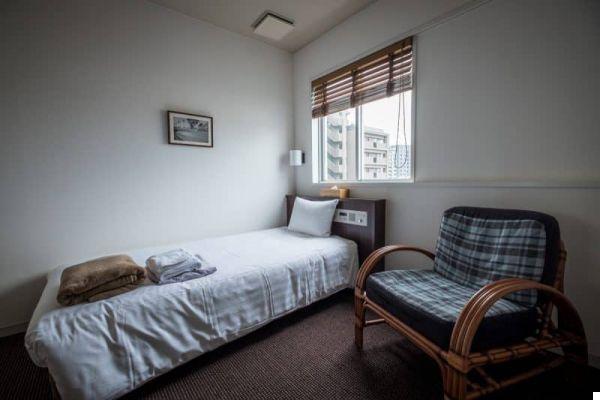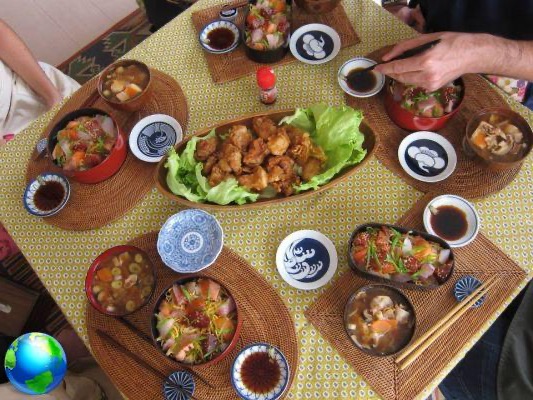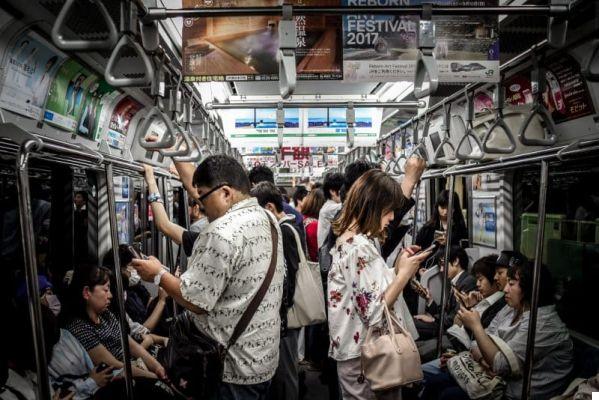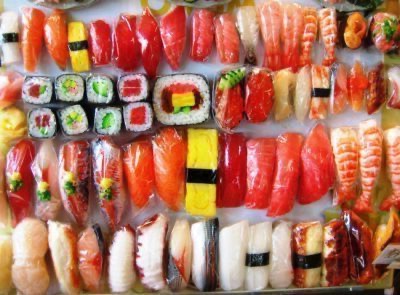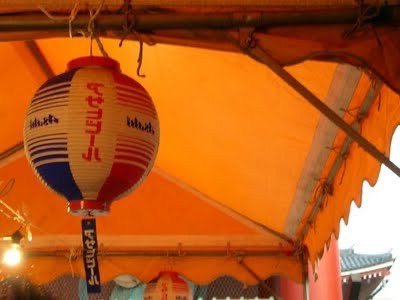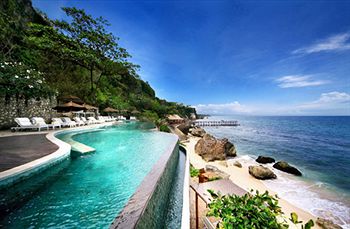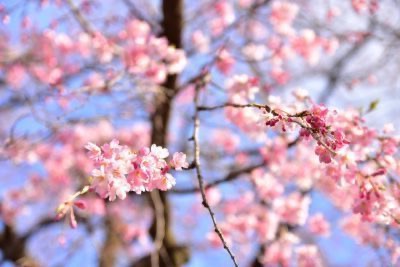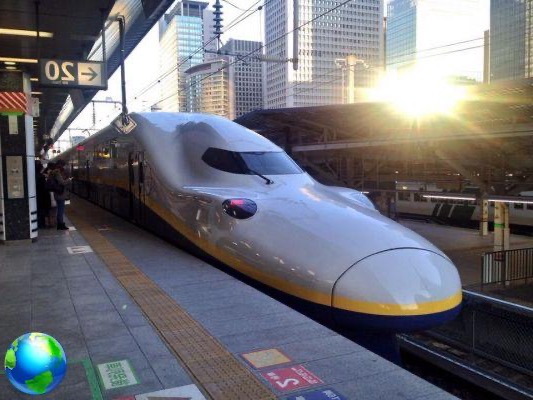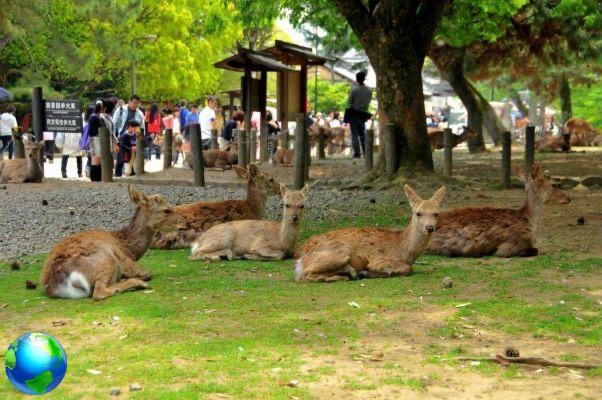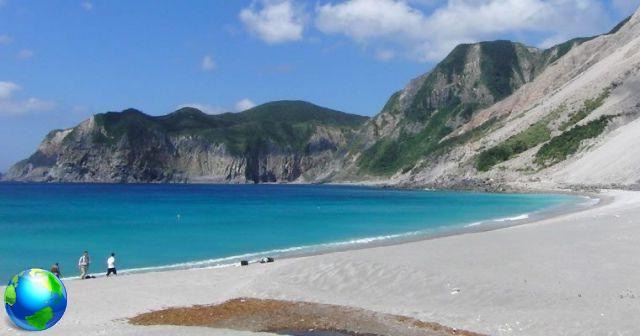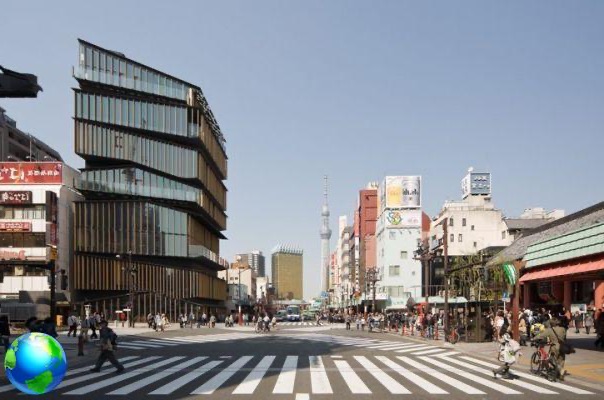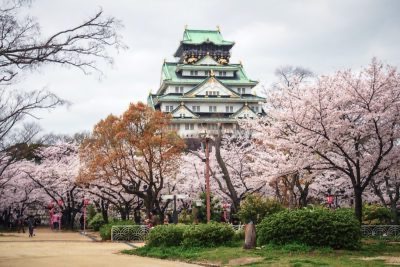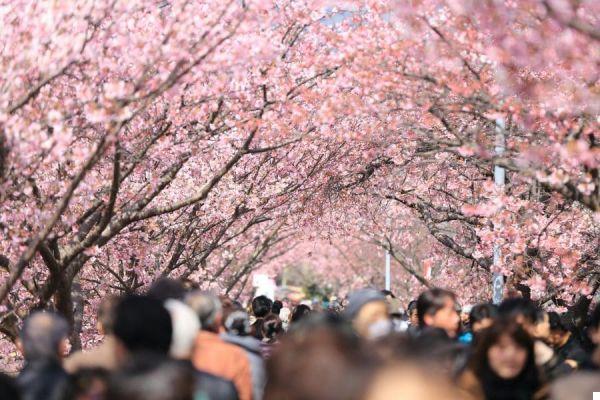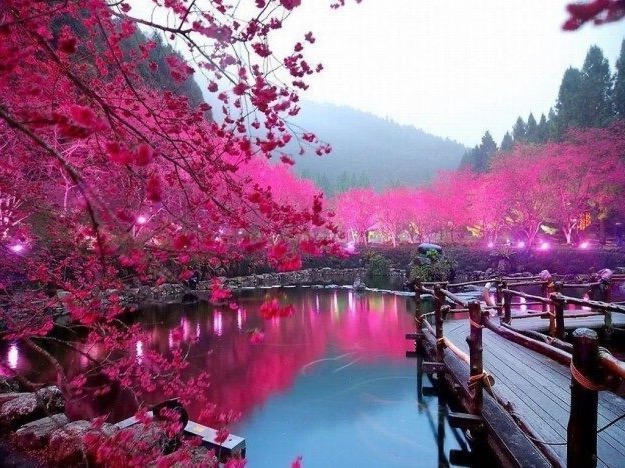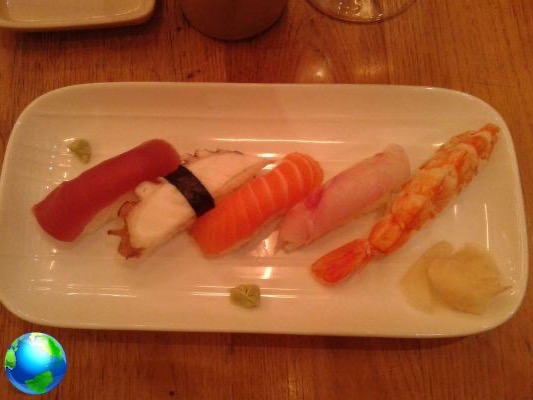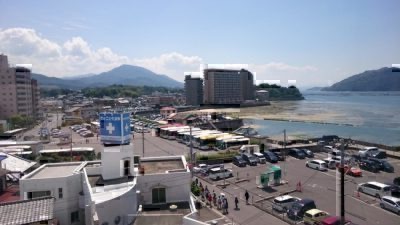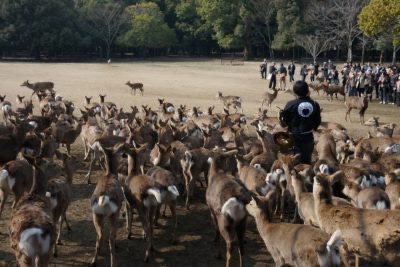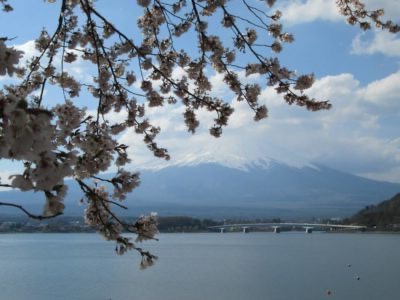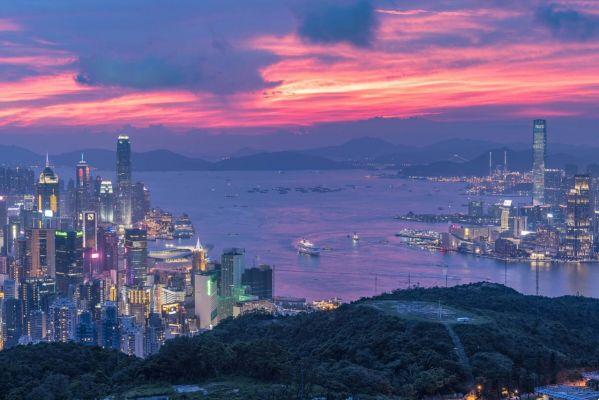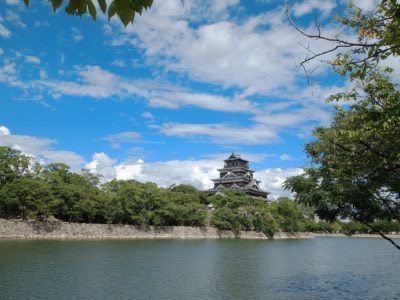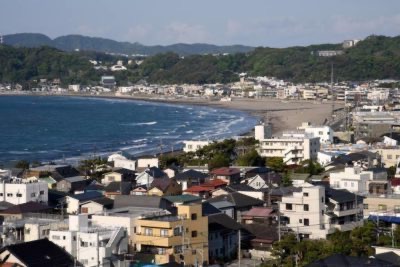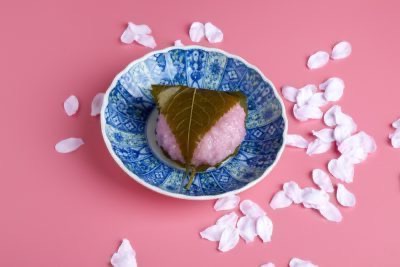When you decide to go on a trip to Japan, the first "problem" to face is the choice of the itinerary (if these were always the problems, you will say!). Unless you have months to spare, you will necessarily have to choose one or more areas and dedicate yourself to those. The itinerary that I propose in this article is a journey to discover the culture and nature of the country that allows you to have a vision of Japan on different aspects. After visiting the 2 most important cities (Tokyo and Kyoto), you get to Nara (with some of the most beautiful temples in the country) e Kanazawa (the city of the samurai, very famous for the Kenrokuen garden and for its handicrafts) before delving into the Japanese Alps, the Shirakawa-go e Takayama (UNESCO heritage). From here you can then reach the parco Jigokudani (where there are the famous Japanese macaques "soaking" in the thermal waters) before returning to Tokyo via Nagano. The itinerary focuses on the central part of Japan and is easily doable in 2 weeks (which can become 3 if you want to take it more comfortable).
If you want to organize the tour
I have organized my tour independently as always, but if you want to travel without fear of unforeseen events and organize your trip to Japan without thinking about anything, maybe even from the comfort of your home, I recommend the travel agency Basho Travel. They propose a "nature and culture tour in Japan”Which touches these stages (with the addition of others ..) and lasts 2 weeks, but they also organize customized tours. It is an agency specializing precisely in Japan, so you can leave with peace of mind!
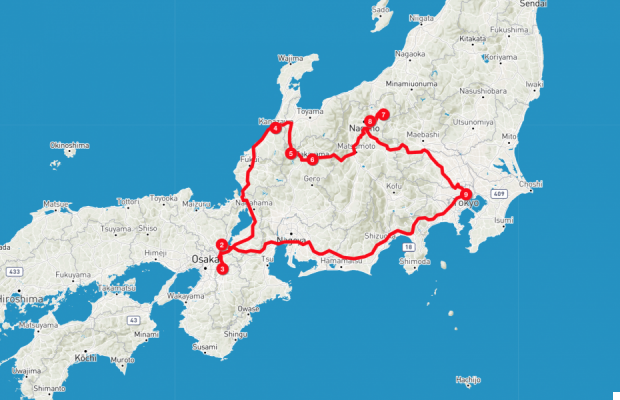
What to see in Japan: 2 weeks itinerary between nature and culture
What to see in Tokyo: a science fiction city
At first impact Tokyo it looks like a science fiction city, it is the gateway to the country and you will immediately see everything you expect from a trip to Japan: sparkling skyscrapers, illuminated signs, millions of people walking, technology and manga shops ... you will feel like entering in a cartoon !! As you explore the city you will then realize that there is much more than this, that it is a city with deep historical roots and that it will be enough for you to leave the main arteries to find yourself in another planet, lost in the alleys of wooden houses. surrounded by bonsai.
Tokyo is so large and varied that it would need at least 1 week just for her; regardless of how many days you have available, my advice is to take a quick tour as soon as you arrive, but dedicate more time to it in the last few days, when you have already understood some dynamics of Japan and you can appreciate everything more (the culture, the traditions , food, etc.). Find even more detailed information in thearticle What to see in Tokyo in 3 days, however, among the things not to be missed in Tokyo in my opinion there are:
- Asakusa: one of the most characteristic neighborhoods where the most beautiful temple in the city is located, the Meaning-ji. I think I will remember for a lifetime the moment I first saw it at sunset! Neighborhood full of shops, restaurants and hostels.
- Shibuya e Harajuku: Shibuya is home to the famous busiest (and most photographed) intersection in the world. Each skyscraper is a shopping mall: it is the home of consumerism! Harajuku it is instead the area dedicated to the most exclusive shopping (especially on omotesando Dori): don't miss the mirrored entrance to the Tokyu Plaza and the immense Yoyogi Park.
- Shinjuku: Tokyo's Gotham City, an infinity of futuristic skyscrapers covered with luminous signs and full of offices, restaurants, clubs and love hotels. Not to be missed Omoide Yokocho (or alley of memories but also alley of piss, an alley that follows the tracks full of micro restaurants and super characteristic bars). In Shinjuku there is also the Kabukicho red light district (for the first time in my life I saw menus with all the girls on offer!).
- Daikanyama e Naka-Meguro: Daikanyama is a very nice residential neighborhood with trendy boutiques, art galleries and bars with outdoor seating; Naka-Meguro it is the most hipster and bohemian version, with vintage shops, bookstores and clubs along the Meguro-gawa canal.
- Ginza e Tsukiji: Ginza is a very refined neighborhood with the shops of western (and non) luxury brands, while the neighbor Tsukiji is famous for the food market where you will find the best of Japanese cuisine (especially fish because here, until a few months ago, there was the largest and most famous fish market in Tokyo).
- Roppongi e Akasaka: Roppongi Hills is famous for large architectural projects, nightlife and art museums (above all the Tokyo National Center of Arts). Akasaka it is a quiet and charming affluent neighborhood where it is very pleasant to walk (I also recommend it for sleeping).
- Ueno: around its large park is the highest concentration of museums in the city, including the beautiful Tokyo National Museum.
- Imperial Palace and Marunouchi: the imperial palace of Japan is located within a large green space (the ancient Imperial Garden), now used as a public park. It is one of the most famous places to see cherry blossom.
- Odaiba: from this island of Tokyo bay you can enjoy magnificent views of the city and the Rainbow bridge (the Japanese version of the Brooklin Bridge). Here you will also find the brand new Digital Art Museum (book your tickets in advance if you plan to go), the copy of the statue of liberty and the famous mega-sculpture of Gundam. Sunset is the best time!
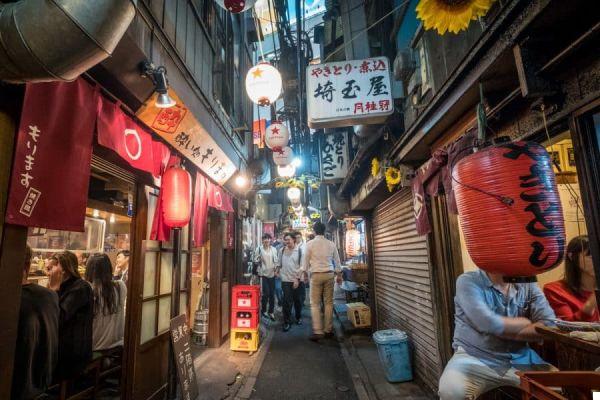
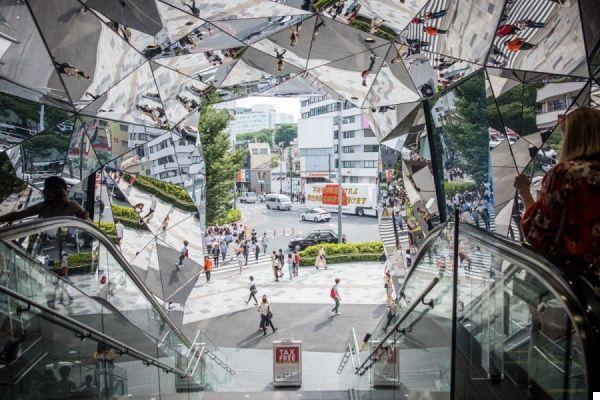
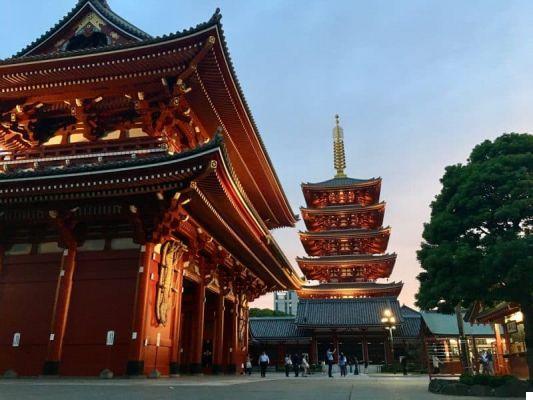
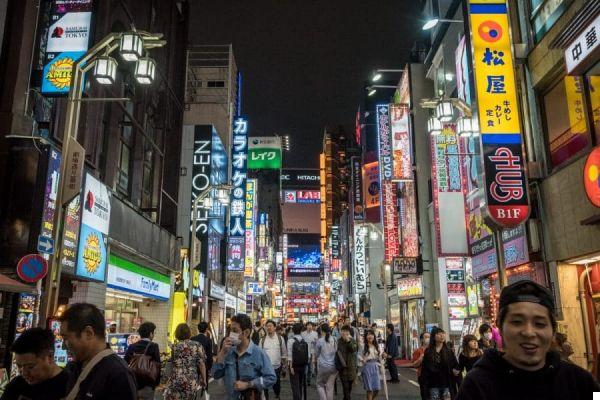
What to see in Kyoto: the city of geishas
Kyoto was the capital of Japan for nearly 1000 years and has an immense patrimony of temples, palaces and gardens. It is the city of geishas and alleys with wooden houses and is the postcard image that almost everyone has in mind when they think of Japan. Today's Kyoto is a very large city with not very charming suburbs, but the historical part and the surroundings will make you fall in love.
- Gion: the visit of Kyoto can only start from here, the historic entertainment district of the city, with narrow alleys teeming with microscopic tea rooms, ramen bars, clubs and, above all, there are geisha houses! Seeing them is very difficult… but… cross your fingers because you might see them stealthily pass from one house to another!
- Kiyomizu: one of the most important temples in Kyoto, nestled in the woods above the Gion district. It is actually a complex of temples and pagodas. Go there in the late afternoon because the view of the sunset from up there is simply superb.
- Nijo-jo: the magnificent palace of Emperor-shogun Tokugawa Ieyasu. Entering through the thick walls you can see the palace immersed in a beautiful park. Visit the inside because the decorations on the walls are spectacular!
- Kinkaku-ji (Tempio d'Oro): another Tokyo must and one of the most photographed places in all of Japan. Here too we are talking about an emperor's residence this time converted into a Zen temple upon his death.
- Ryoan-ji (giardino Zen): or dry garden. I advise you to study a little before coming here otherwise it will seem like an ordinary place or a little more. The famous garden is made up of a rectangle of white gravel in which 15 stones are arranged divided into 5 groups. The stones are placed in such a way that, wherever you are, there will always be at least one that you will not be able to see .. it is a kind of enigma let's say.
- Mercato di Nishiki-koji: in this covered alley there is one of the main and oldest fish and vegetable markets in the city. Take a tour to see what they sell, but above all to eat (it is full of restaurants) and to go shopping (there are shops of all kinds).
- Fushimi-Inari: the very famous sanctuary where the path that climbs the mountain is made up of more than 10000 red bulls, forming a tunnel. One of the most iconic images of Japan.
- Arashiyama and the bamboo forest: also in this case we are talking about an absolute must-see! The Arashiyama area was once the resting place of the imperial family, then the palaces were converted into Buddhist temples and monasteries. In addition to the bamboo forest there are in fact several things to see: the Tenryu-ji temple with its beautiful gardens, the home of Okochi Sanso (a 20s film actor) and other temples scattered on the hill.
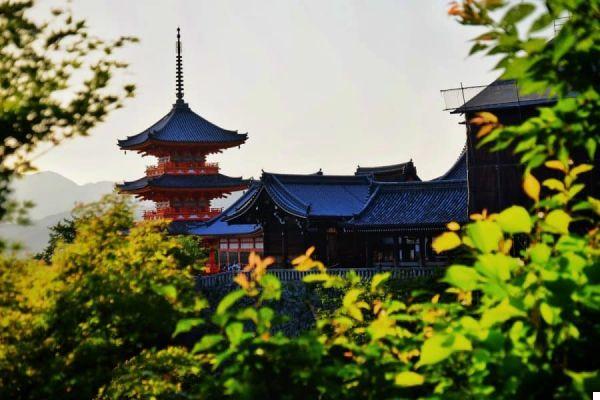
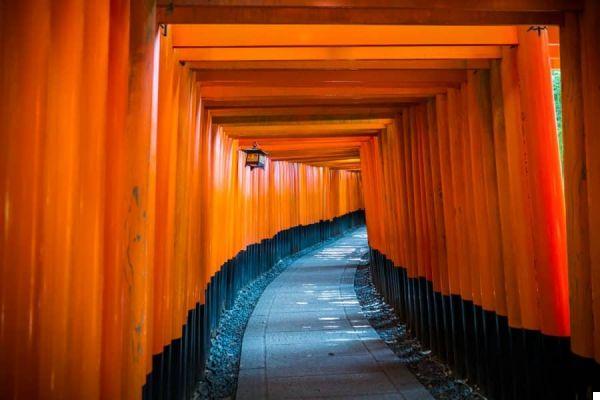
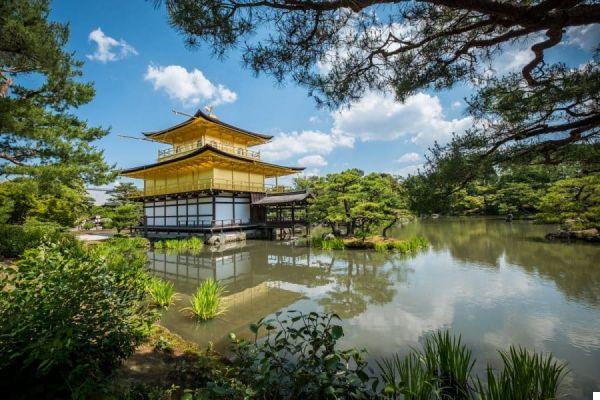
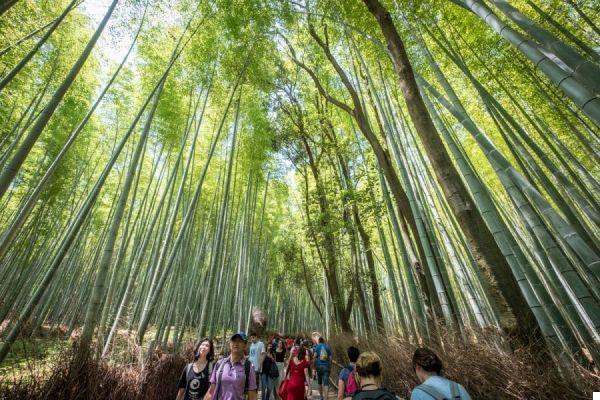
What to see in Nara:
What to see in Nara: the great bronze buddha and Todai-ji
Nara was also the capital of Japan and it is considered the cradle of Japanese civilization: this is where Buddhism took hold in the country in the 4th and XNUMXth centuries. Here there are XNUMX monuments that have been included among the UNESCO World Heritage Sites and are all located within the Nara-koen park. Nara is also famous for a very well preserved traditional neighborhood (the Nara-machi) and for the fallow deer that roam freely within the Nara-koen.
- Tempio Todai-ji: this temple really impressed me! Todai-ji is thelargest wooden building in the world and inside there is a huge bronze buddha that really makes an impression for the size. It is very busy but it is so big that the crowd hardly disturbs.
- Kasuga Taisha shrine: this sanctuary is of great charm because it is lined with more than 2000 lanterns. They are turned on twice a year .. it must be a crazy show!
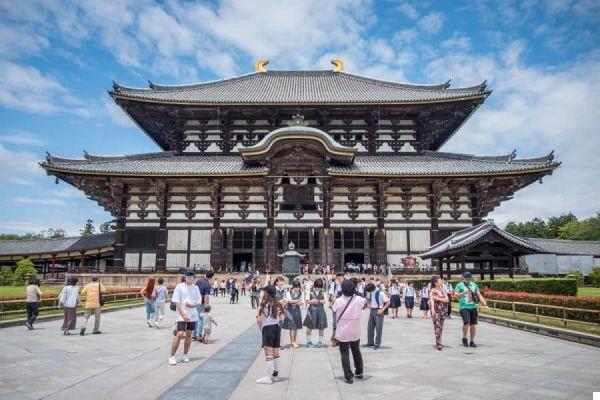
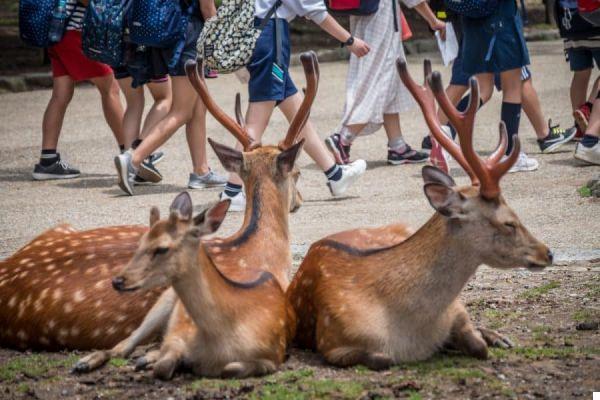
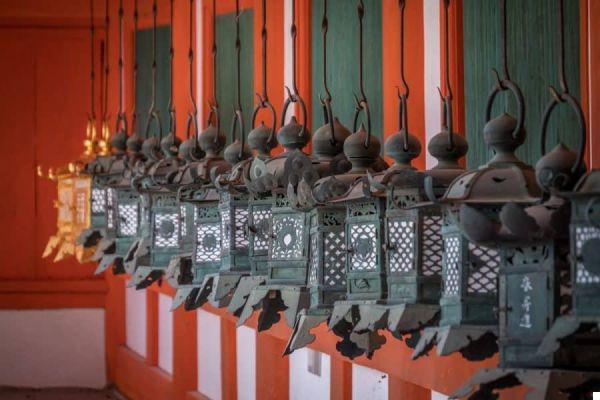
What to see in Kanazawa: the Kenroku-en garden
Kanazawa is famous throughout Japan for the giardino Kenroku-en, officially considered one of the 3 most beautiful gardens in the country, but also for being one art City and with one of the artisanal productions of pottery among the most beautiful that you will happen to see during a trip to Japan. Along with Kyoto, Kanazawa is the only city where geishas are still trained and there is still an ancient neighborhood with samurai houses. Personally I found it beautiful! Still little inflated and not invaded by mass tourism, with a decidedly authentic atmosphere. Not to be missed are:
- Giardino Kenroku-en: developed between 1670 and 1870, this garden is truly wonderful and cared for down to the smallest detail. It is beautiful to walk among the perfectly pruned and sculpted pines and the colored spots of the flowers. From here you also have a nice view of the river and the Higashi Chaya district.
- Castello Kanazawa-jo: on the other side of the road from the garden, this castle has been recently rebuilt and is located in a beautiful park where it is pleasant to walk or stop and read a book.
- Higashi Chaya: the ancient geisha district, the one where the training still takes place. The typical wooden houses overlook the main road, inside which there are old tea houses, small shops and restaurants. It develops along the river and is a truly beautiful area to see and experience.
- XNUMXst Century Museum of Contemporary Art: this museum contrasts ancient and traditional Kanazawa and houses only contemporary and avant-garde works of art. In addition to the temporary exhibitions, there is Leandro Elrich's work "Swimming Pool" which is truly impressive.
- Museo DT Suzuki: Of course I didn't know anything about this Kanazawa philosopher and writer, but I still loved this minimalist museum very much. This man is the one who introduced Zen Buddhism to the West and the museum is a really relaxing environment.
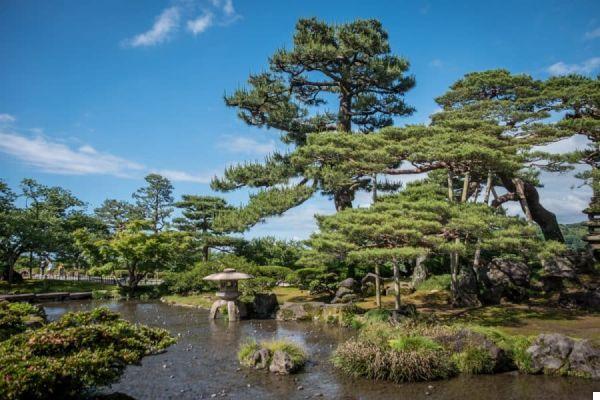
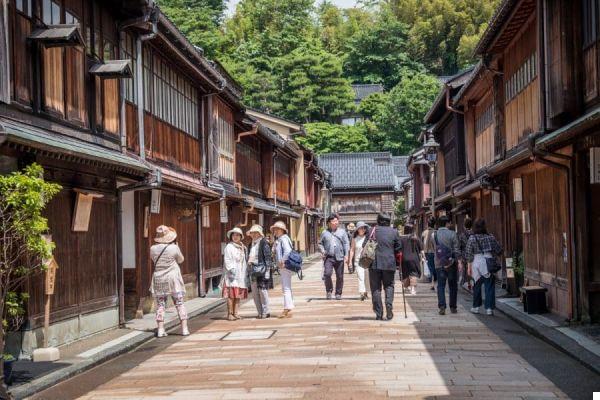
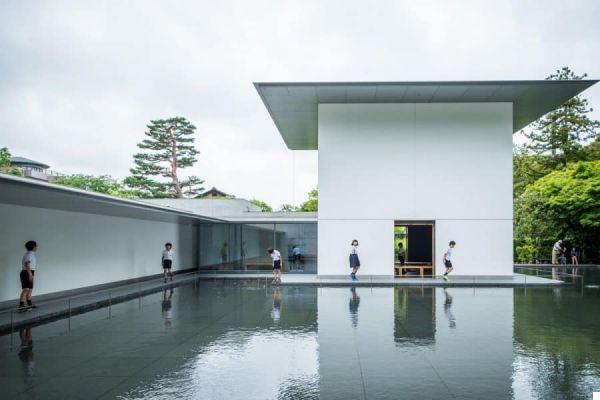
What to see in Shirakawa-go and Takayama: the traditional villages
From Kanazawa you sell poi verso le Japanese Alps and there are several traditional villages where time seems to have stopped. In particular the area of Shirakawa-go it is famous for its triangular thatched houses (recognized as World Heritage by UNESCO). These villages remained practically isolated until the mid-900s from the rest of Japan which was rapidly modernizing and kept all their charm intact. Not far away there is Takayama, once the city of carpenters. The carpenters who were called by the emperors to work in Tokyo or Kyoto all came from here. Today the original nucleus of the town has remained and walking through its narrow streets is truly like taking a leap into the past.
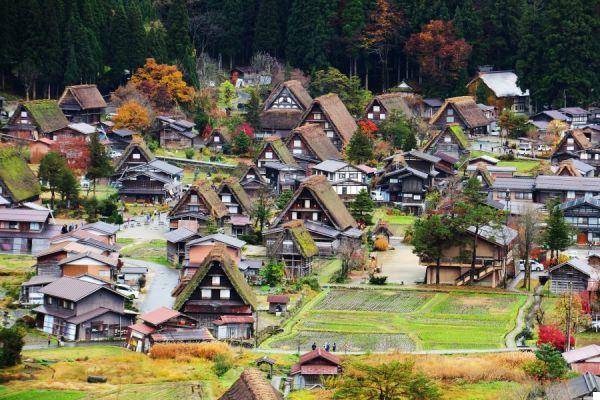
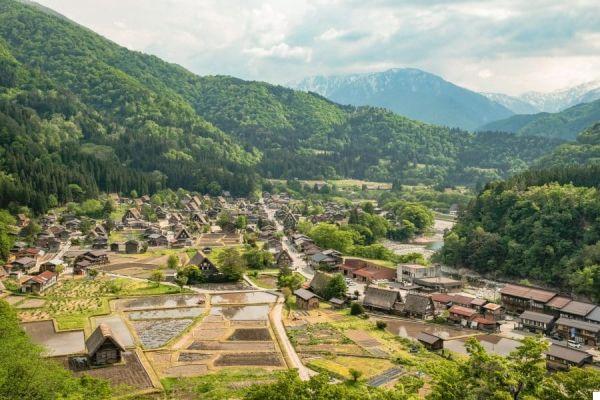
What to see in Nagano and its surroundings: Matsumoto and the Jigokudani park
We close this trip to Japan with Nagano and some places that are nearby. Nagano is famous for hosting the 1998 Winter Olympics, but has always been known by the Japanese for tempio di Zenko-ji, honored by millions of pilgrims. Then there are Matsumoto, a popular holiday resort located at the foot of the Alps, and the parco Jigokudani with the famous "monkeys in the snow".
- Matsumoto: famous above all for its magnificent castle (the Matsumoto-jo fortress, also called "castle of the crow") and for the streets that run along the Metoba-gawa river, full of traditional inns, artisan shops and restaurants. It is a city on a human scale set in a beautiful natural setting.
- Parco Jigokudani: in this park there are approx 200 Japanese macaques who love to bathe in the hot tubs found at the beginning of the hills. They started coming here because the owner of a nearby ryokan left them food and have stayed ever since. They then built their own pools for him and became the local attraction. Beyond the monkeys, the forest that you cross to reach the pools is also very beautiful.
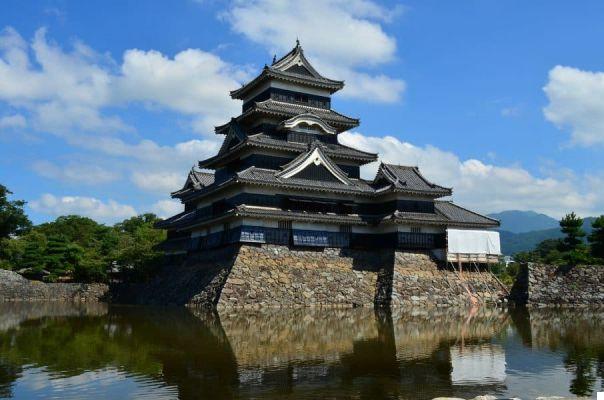


You may also be interested in these other articles on Japan:
- How to organize a trip to Japan
- How to get around Japan: all you need to know about the Japan Rail Pass, the metro, buses, internal flights and taxis
- How much is a travel in Japan?
- Japan: 25 Things You Don't Know Until You Go There




